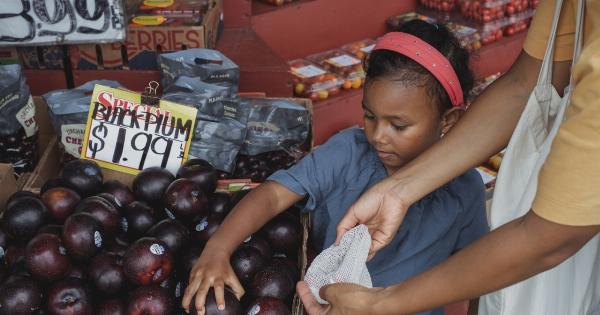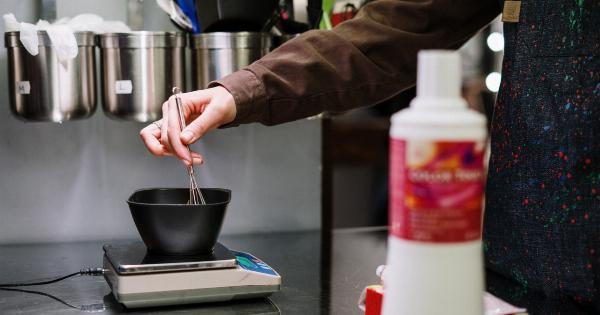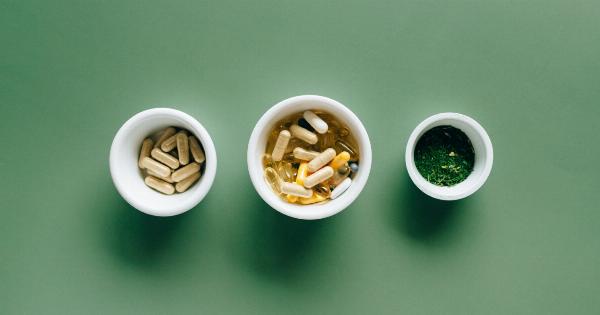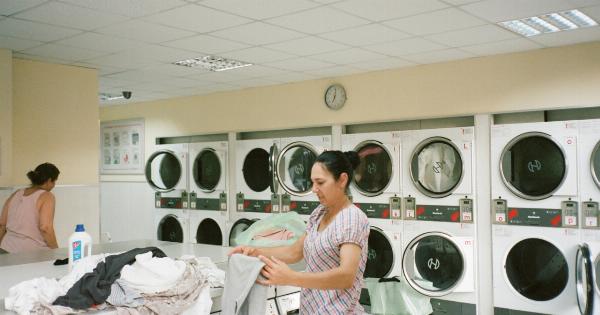In recent years, there has been a growing concern over the increasing rates of childhood obesity. It is a complex issue with various contributing factors, one of which is often overlooked – home cleaning products.
While they may seem harmless, many of these products contain chemicals that can affect the health and well-being of children, potentially contributing to the obesity epidemic.
The Link Between Chemicals and Obesity
Research has shown that certain chemicals commonly found in home cleaning products can disrupt the endocrine system, which is responsible for regulating metabolism, growth, and development.
These chemicals are known as obesogens, and they can alter the body’s natural hormonal balance and lead to weight gain. Studies in both animals and humans have suggested a link between exposure to obesogens and increased risk of obesity.
Chemicals to Watch Out For
While there are many chemicals used in home cleaning products that may contribute to obesity, some of the most common ones include:.
1. Phthalates
Phthalates are often found in fragranced cleaning products, such as air fresheners, laundry detergents, and dish soaps. They have been linked to insulin resistance and weight gain in both children and adults.
2. Bisphenol A (BPA)
BPA is commonly found in plastic containers and can leach into food and beverages. Several studies have shown that exposure to BPA can lead to increased body weight and obesity in children.
3. Perfluorinated compounds (PFCs)
PFCs are frequently found in non-stick cookware and stain-resistant fabrics. They have been associated with higher body mass index (BMI) and increased risk of obesity in children.
4. Triclosan
Triclosan is an antimicrobial agent often used in cleaning products, including soaps and detergents. It has been linked to disruptions in thyroid function and altered metabolism, potentially contributing to weight gain.
Protecting Children from Exposure
Minimizing children’s exposure to these harmful chemicals is crucial for their overall health and well-being. Here are some steps parents can take:.
1. Read Labels Carefully
Take the time to read and understand the ingredients in cleaning products. Look for products that are free from phthalates, BPA, PFCs, and triclosan, or those labeled “green” or “eco-friendly.”.
2. Choose Natural Alternatives
Consider using natural alternatives such as vinegar, baking soda, and hydrogen peroxide for cleaning tasks. These substances are effective and safer choices for both your family and the environment.
3. Ventilate Properly
When using cleaning products that contain potentially harmful chemicals, ensure proper ventilation in your home. Open windows or use fans to circulate fresh air and prevent the buildup of pollutants.
4. Store Products Safely
Keep cleaning products out of reach and locked away from children. Opt for childproof cabinets or designated storage areas to avoid accidental exposure.
5. Use Protective Gear
If you must use chemical-based cleaning products, wear gloves and a mask to protect yourself and minimize exposure to harmful substances. Always follow the instructions provided by the manufacturer.
Conclusion
While home cleaning products play a vital role in maintaining a clean and healthy living environment, it is essential to be aware of the potential risks they pose, especially to children.
Choosing safer alternatives and minimizing exposure to chemicals can contribute to reducing the obesity epidemic among children. As parents and caregivers, it is our responsibility to create a safe and healthy environment that promotes the overall well-being of our children.































